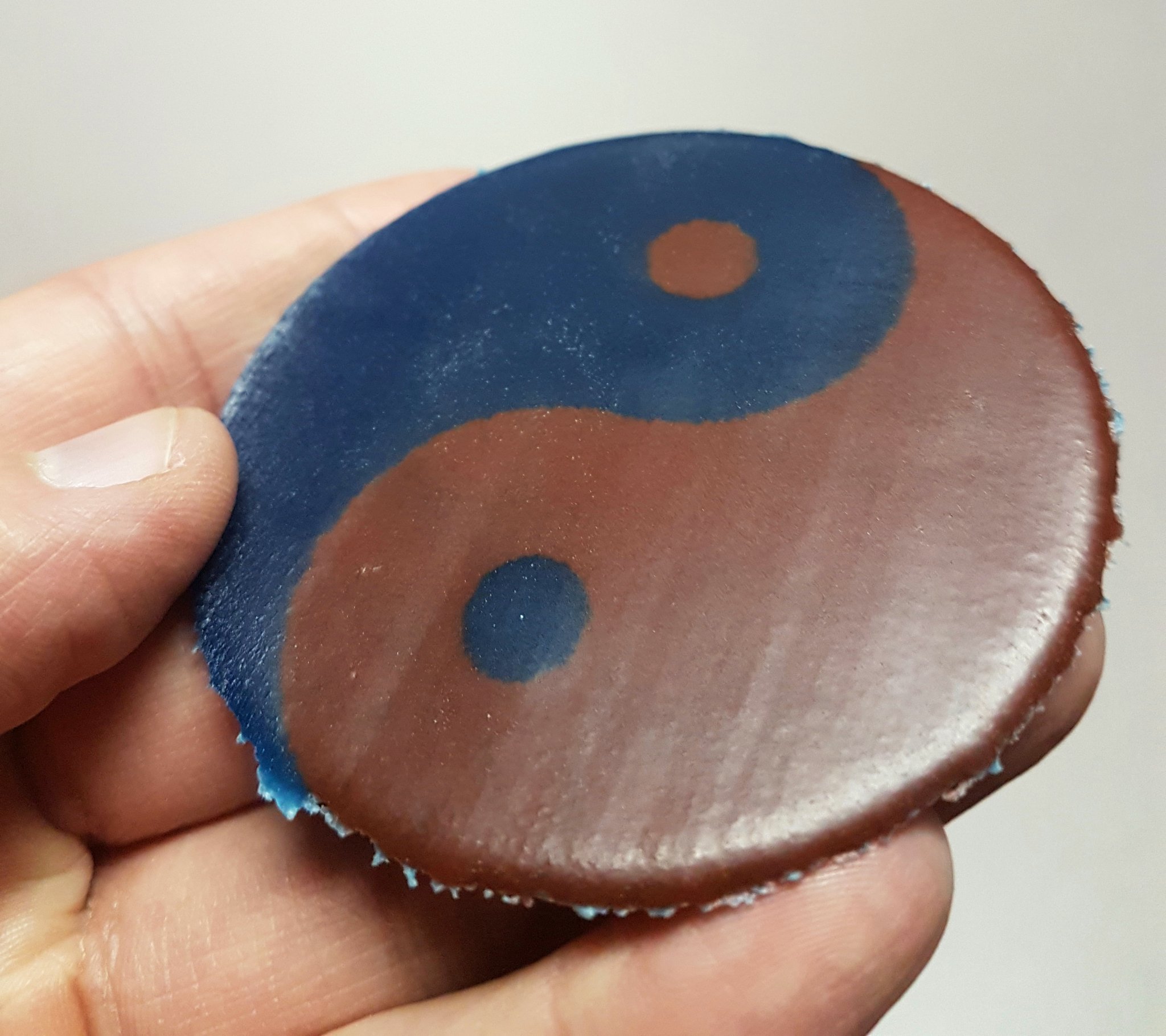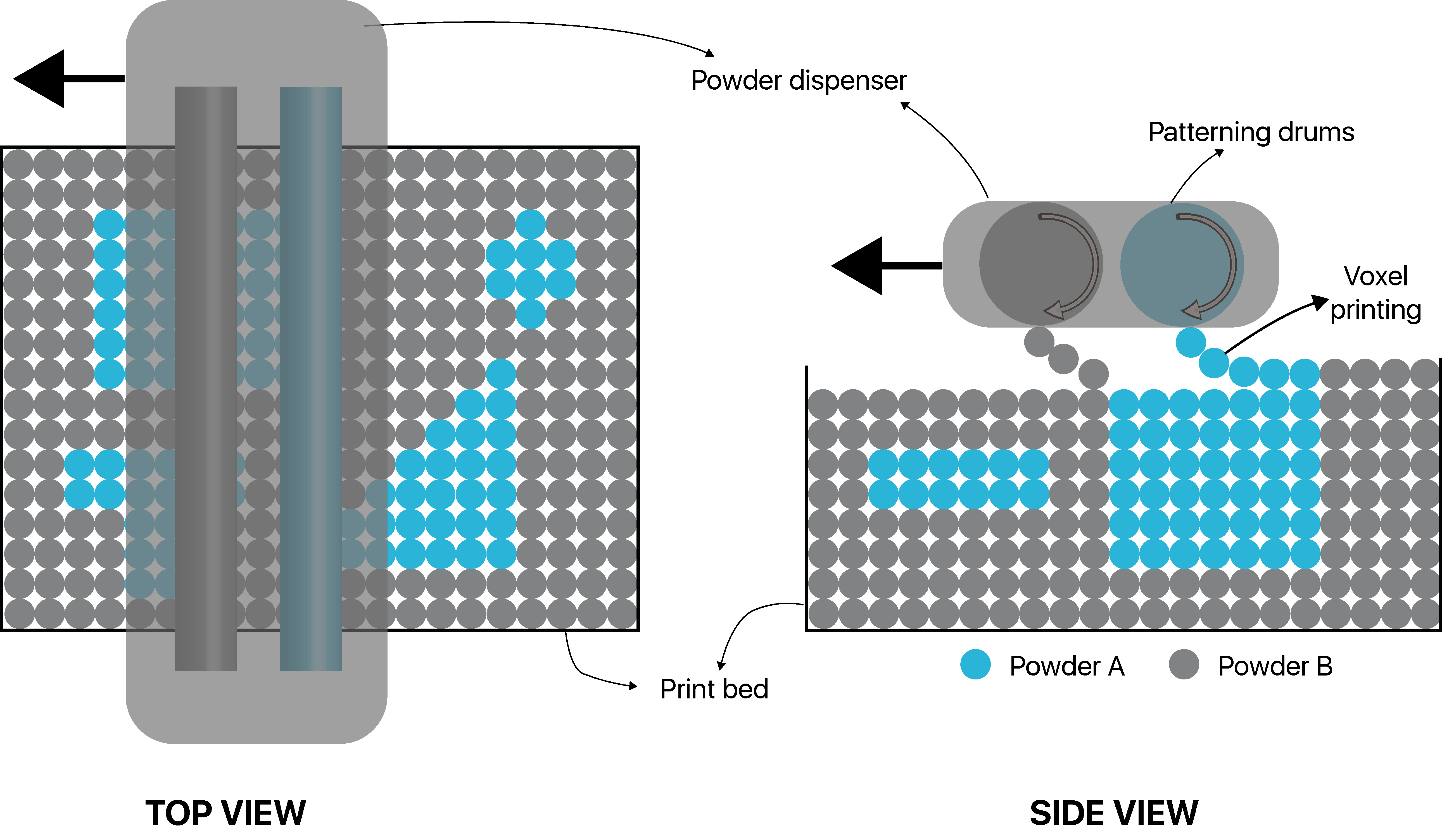Aerosint, an award-winning SLS 3D printer manufacturer based in Liege, Belgium, and InfraTrac, a Maryland-based developer of defensive chemical signatures, are collaborating to further secure laser powder bed fusion (LPBF) process.
“Security is increasingly vital as 3D printing scales,” states Aerosint. Thus far, InfraTrac’s patented chemical taggant approach had not been possible in LPBF additive manufacturing as it was limited to polymer-based materials.
Aerosint’s multi-material 3D printing technology extends InfraTrac’s chemical security into more production processes. Presently, polymer and metal demonstrator parts including “fingerprinting” sites based on InfraTrac’s powder formulation are being 3D printed for testing and authentication.

Ensuring 3D printed part authenticity
InfraTrac’s patented tagging model uses commodity taggants or spectral signatures in 3D printed parts that can only be read via near-infrared and Raman spectroscopy. This technique is said to be more cost effective and secure than Radio Frequency Identification (RFID) chips or QR codes/barcodes.
As stated by InfraTrac, during the printing process, chemical taggant is placed in a small covert spot with millions of combinations in single materials. Both the SLS and SLM processes spread powder in thin layers without the option to place multiple powders at specific locations within a build layer.
“True multi-material LPBF requires a system for precise placement of two or more powdered materials within one layer. This ‘voxel-level control’ forms the basis for the selective powder deposition system that Aerosint is developing,” the company stated.
Using Aerosint’s recoater, metal or polymer components built using SLS or SLM can contain InfraTrac-traceable materials embedded at specific sites within the part. This deters counterfeiting while part sourcing authenticity can be ensured.

Accelerating powder bed additive manufacturing
Aerosint was established to reinvent the technical approach in powder fusion-based additive manufacturing, opening up an increasingly competitive market. Last year, the company was announced as one of eight challenge winners in the 2018 Formnext startup challenge. Most recently, Aerosint received the 2019 3D Printing Industry Award for ‘Start-up of the Year‘.
Prior to this, the company closed an €850k financing round to further develop its selective powder deposition technology which enables successive layers of powder composed of multiple powders, i.e., polymers, ceramics, metals. The company will continue to work with InfraTrac by testing 3D printed parts.

For all the latest additive manufacturing subscribe to the 3D Printing Industry newsletter and following us on Facebook and Twitter.
Visit 3D Printing Jobs to find new opportunities in additive manufacturing.
Featured image shows a dual color TPU part with Aerosint’s dual material recoater. Photo via Aerosint.


